Thimbleberry
Thimbleberry is a perennial flowering plant from the Rubus genus in the Rosaceae or rose family. These plants are native to various regions of North America. The fruits or berries of these shrubs are edible and are sweet in taste. These fruits are also known as salmonberry. Young shoots of these plants are also edible. Thimbleberry plants are used for numerous medicinal purposes as well.
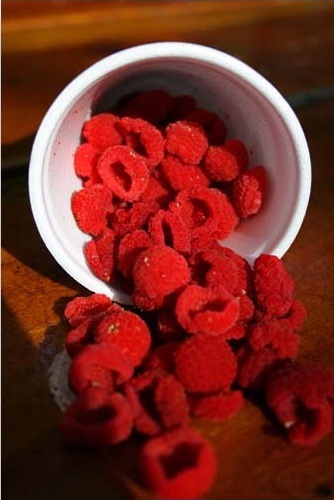
Thimbleberry
Table Of Content
Thimbleberry Scientific Name
The scientific name for these shrubs is Rubus parviflorus.
Thimbleberry Description
These shrubs produce composite fruits growing from entire inflorescences instead of a single flower. Like raspberries, these fruits are also not true berries. They are aggregate fruits with numerous drupelets growing around a single central core.
Size: These fruits are approximately 1 cm in diameter.
Shape: They are called “Thimbleberries” for their thimble like shape.
Color: The fruits turn into a brilliant shade of red or scarlet when they ripen.
Taste: These fruits have a soft texture with a tart yet sweet taste and a beautiful delicate flavor.
Thimbleberry Plants
These dense shrubs grow around 2.5 meters in height with the stems growing up to 1.5 cm in diameter. Unlike many similar plant species they do not have prickles. The leaves are 20 cm long, soft and fuzzy. These plants are adorned with white flowers, each having five petals that grow between 2 and 6 cm in diameter.
Thimbleberry Distribution
This perennial plant originates from the western and northern parts of the North America. Its distribution range also includes Alaska, Michigan, Ontario and south to northern regions of Mexico.
Thimbleberry Cultivation
They can be grown easily from seeds or rhizome pieces.
Growing Conditions
Soil: The hardy shrubs of Thimbleberry grow in various types of barren infertile soil such as sandy, loamy and clay soils. The soil should be preferrably a well drained one.
Soil Ph Requirement: The ideal pH range should be around 6 when growing these plants in acidic soils. For neutral soils the soil pH should range between 6 and 8 while it should be around 8 for basic soils.
Sunlight Requirements: Full sunlight is ideal for these plants to grow properly. They can also grow underpartial sun.
Water: Ample amount of water is required for these plants to produce good quality berries.
Elevation: They can grow from the sea level in the northern part of its range, elevating up to 2500 meters in the southern parts.
Temperature: These hardy perennial plants can tolerate a wide range of temperatures, but cannot survive cold temperature below -2 °C.
How to Grow Thimbleberry
The seeds need to be soaked in warm water for a day in order to soften their outer shells. This helps in the process of seed germination. The soaked seeds should be planted in humus rich potting soil. These seeds should not be planted too deep into the soil. The Thimbleberry seeds take two to three months to grow sprouts.
These sprouts need to be planted outdoors, in moist and well drained soil in a sunny location. It is important to water these plants once every week during the growing season to help them develop a strong root system. Well established Thimbleberry plants can tolerate very high temperatures.
Harvesting
These berries cannot be stored for more than a day. Due to this reason it is best to harvest them on the day they are to be used. Care should be taken not squish and destroy these soft berries while harvesting. All the fruits on a shrub do not ripe together so harvesting can be done over several weeks.
Thimbleberry Nutritional Fact
The delicious berries of this plant are fairly nutritious as they contain moderate amounts of vitamins and minerals that help in the growth and immunity of human body. Per 100 gm berries contain:
- Carbohydrates: 10 gm
- Fat: 0.33 gm
- Protein: 1 gm
- Calories: 47
They contain the vitamins A and C in minor amount. Small amount of various minerals including potassium, iron and calcium are also present in these fruits.
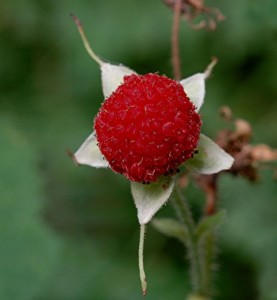 Picture 2 – Thimbleberry Image
Picture 2 – Thimbleberry Image
Thimbleberry Health Benefits
Different parts of these plants have numerous health benefits to offer:
- Both the leaves and the bark of these plants have astringent properties.
- Dried Thimbleberry roots and barks are effective in treating diarrhea and dysentery.
- These barks and leaves are also beneficial for oily skin.
Thimbleberry Uses
Thimbleberry fruits are widely used for several edible purposes. Different parts of these shrubs have many medicinal uses.
Edible Uses
- These soft, pulpy and sweet tasting fruits are consumed raw itself.
- These berries are sometimes dried and eaten as dry fruits.
- They are used in making delicious jams and jellies.
- Milkshakes, fruit pies and other desserts are made from this fruit.
- Young Thimbleberry shoots are eaten raw or cooked as green vegetable.
- Their leaves are sometimes used for making herbal tea.
Medicinal Uses
- The roots and bark of these shrubs are used in treatments of dysentery and diarrhea.
- The leaves and flowers of Thimbleberry are used for relieving various stomach complaints.
- These medicinal plants are also used for treating anemia.
- A poultice made from these leaves is used for curing wounds and burns.
- They can also treat various skin related disorders.
Other Uses
- Leaves and barks of these flowering plants are used in facial-steams for oily skin.
- They are also used in personal care products for hair rinses and herbal baths.
Thimbleberry Jam
These small juicy berries are widely used to flavor jams and jellies. This jam is sold as a local delicacy in the places where these fruits grow. Thimbleberry jam can be made by following a simple recipe. Equal amounts of berries and sugar need to be boiled together for approximately two minutes. This jam can be stored for several months when kept in tightly sealed jarsin a cool place .
Consuming Thimbleberry during Pregnancy
It is advisable to avoid using these berries in any form during pregnancy, as it may lead to various complications.
Thimbleberry Side Effects
There are no known side effects of consuming these fruits in moderate amounts, but overconsumption can cause some adverse health effects. One should immediately consult a physician in case of any adverse effects. The leaves of these shrubs should be used fresh or they should be dried properly before consumption. Wilted Thimbleberry leaves have mild toxic properties which can cause some side effects.
Thimbleberry Interesting Facts
Here are some interesting facts about these flowering plants and their fruits:
- Native Americans dried and stored these fruits for winter use.
- People also used these plants to alleviate toothaches and applied Thimbleberry leaf powder on cuts and wounds to minimize scars.
- The flowers of these plants are of the biggest size among all plants from the Rubus genus.
- These hardy perennial plants can tolerate mild draughts.
Thimbleberry Pictures
Here are some images of these gorgeous berries.
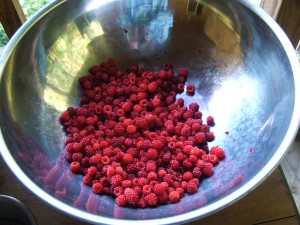 Picture 3 – Thimbleberry Photo
Picture 3 – Thimbleberry Photo
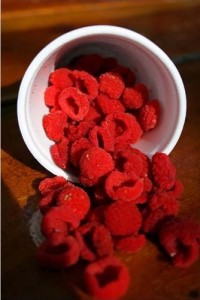 Picture 4 – Thimbleberry Picture
Picture 4 – Thimbleberry Picture
References:
http://en.wikipedia.org/wiki/Rubus_parviflorus
https://staff.royalbcmuseum.bc.ca/2017/01/31/thimbleberry/
https://pfaf.org/user/plant.aspx?LatinName=Rubus+parviflorus
https://www.cabidigitallibrary.org/doi/10.1079/cabicompendium.48013
- by Deepamala Bhattacharya
- January 31st 2012

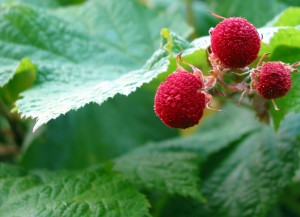
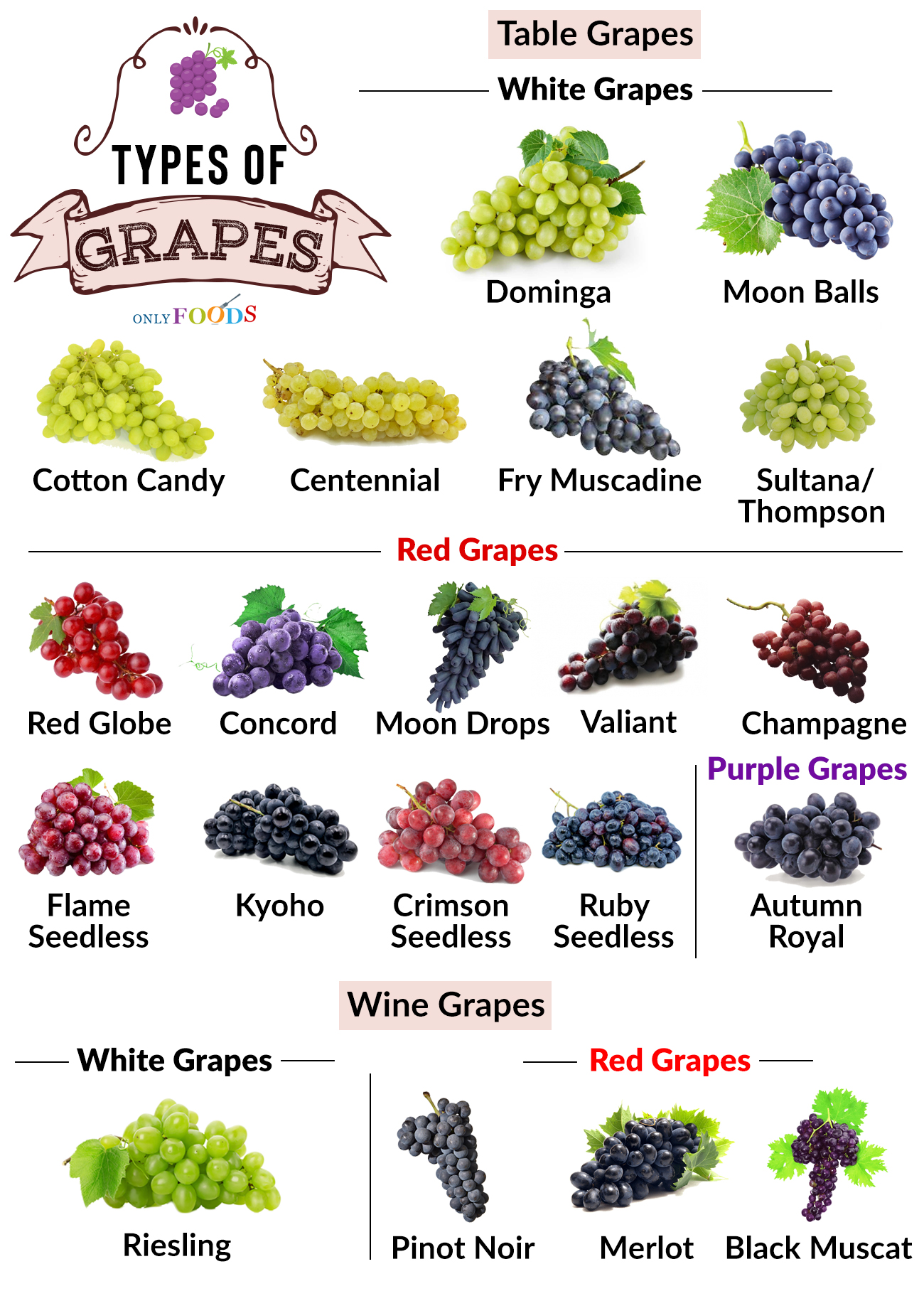
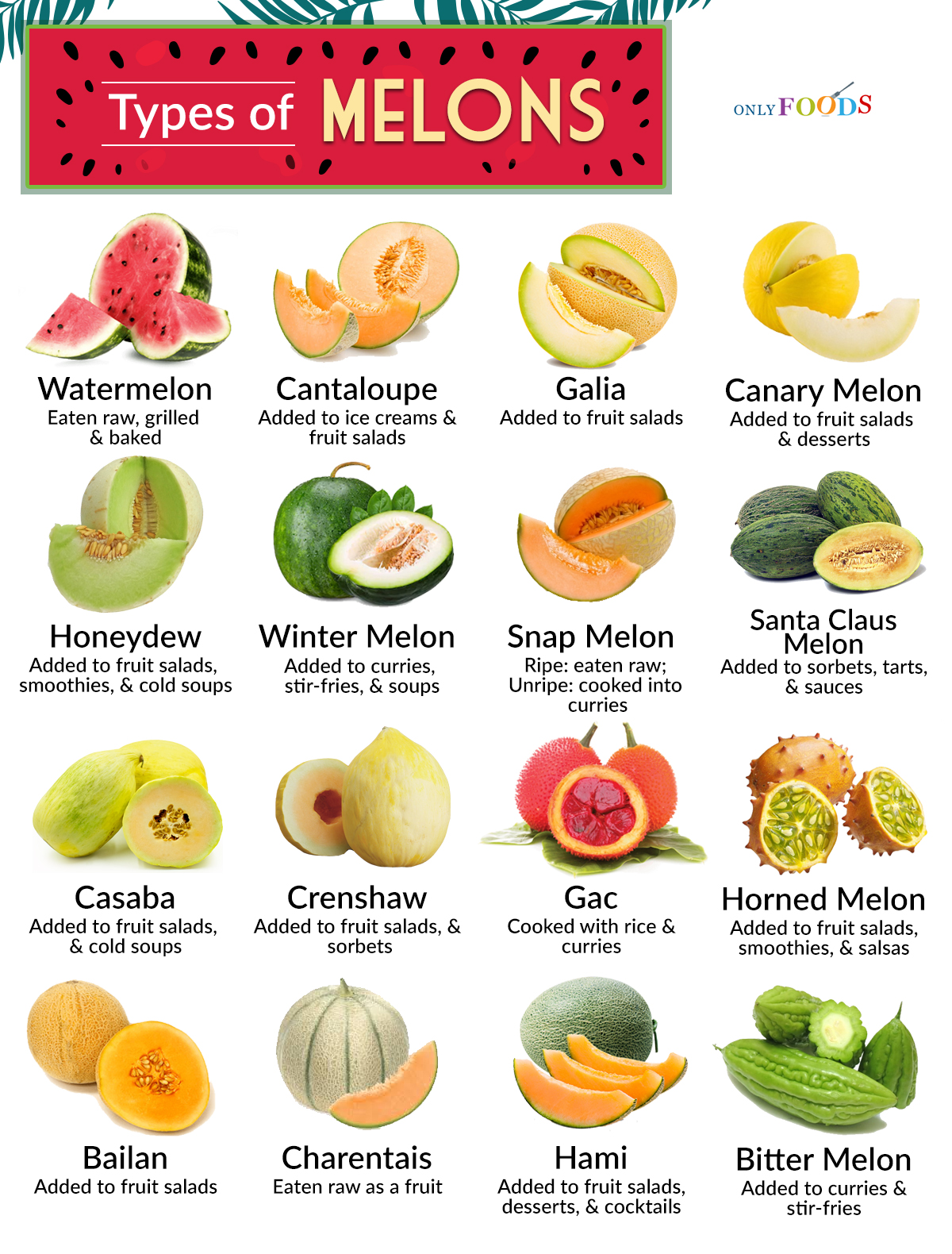
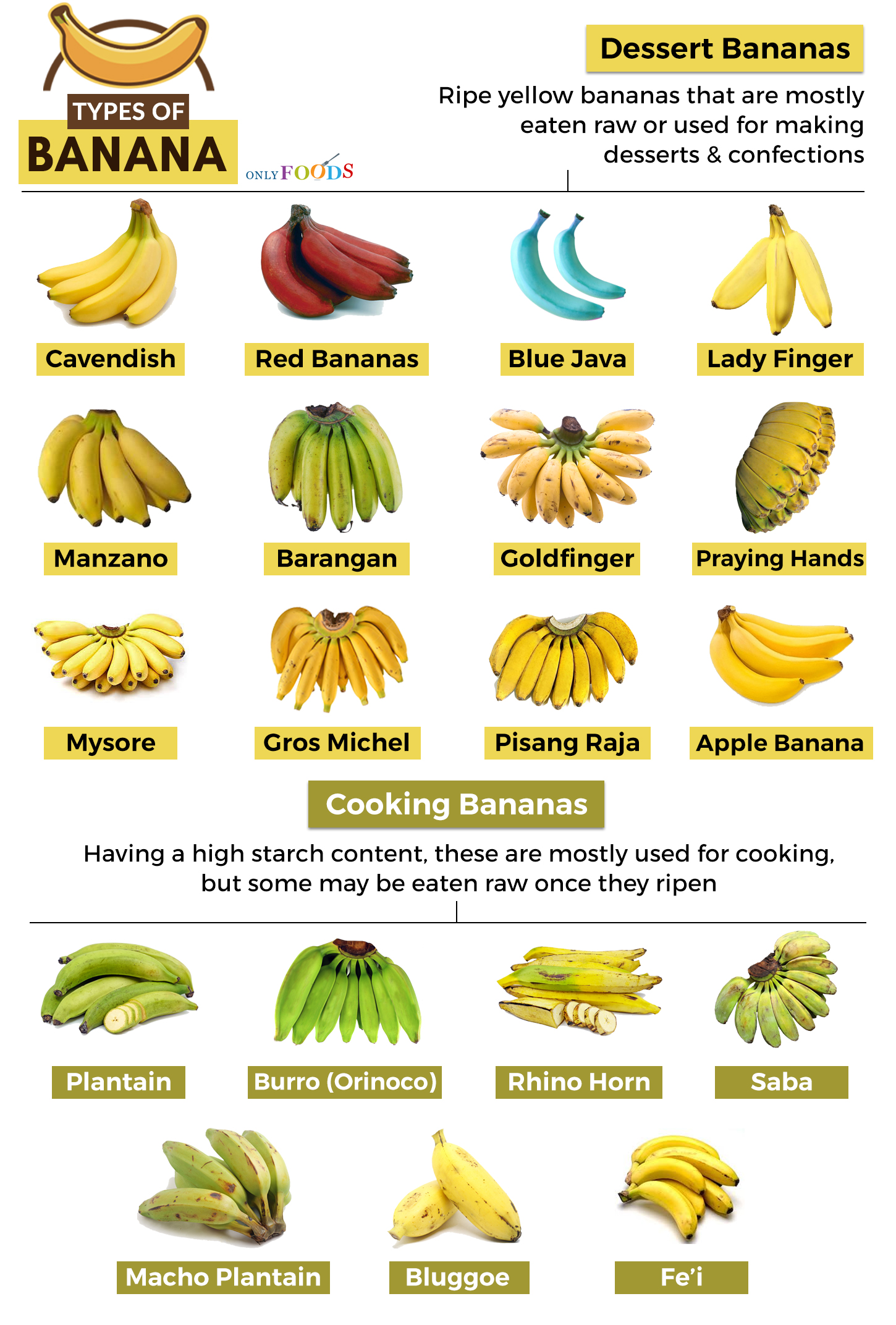
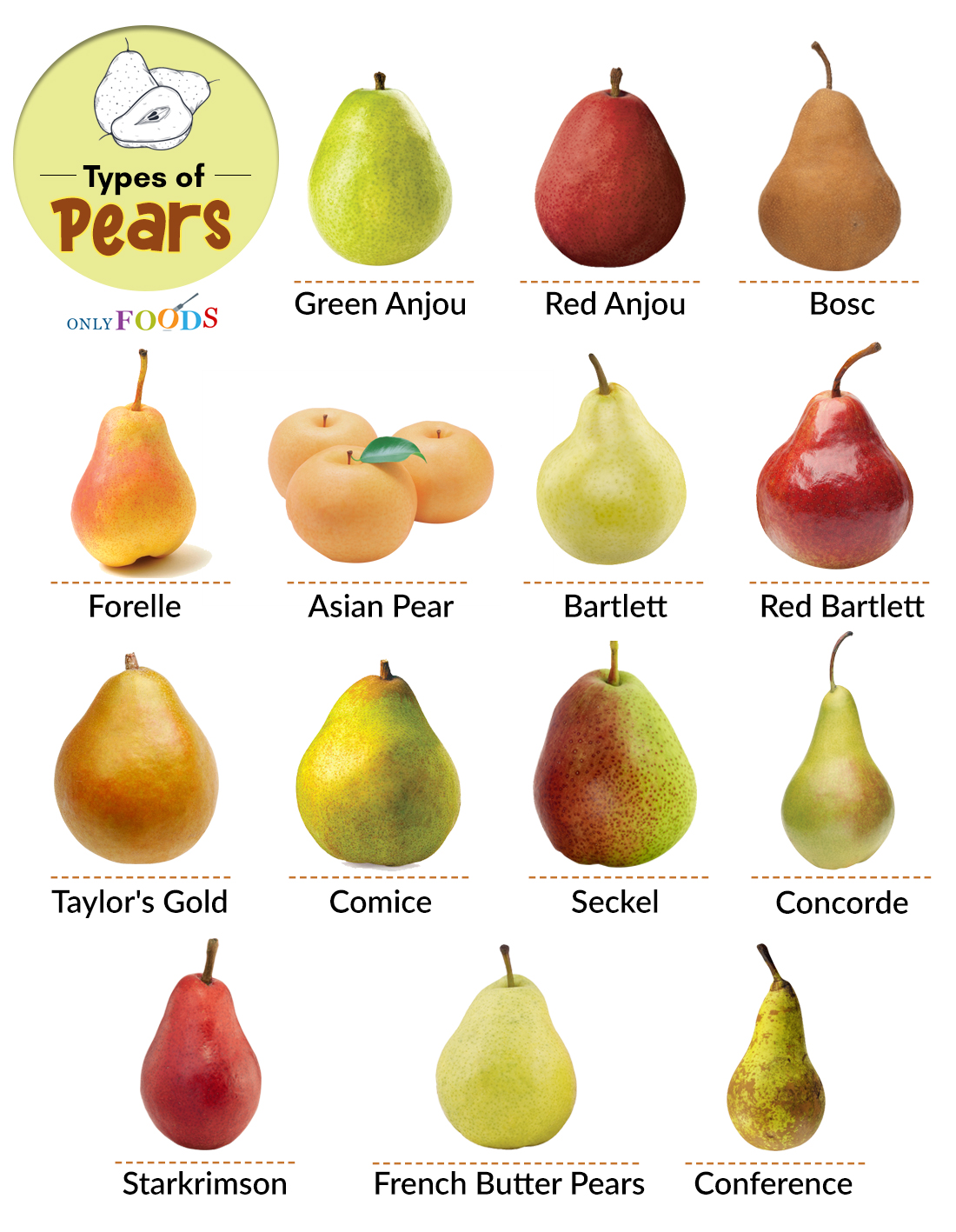















Leave a Reply